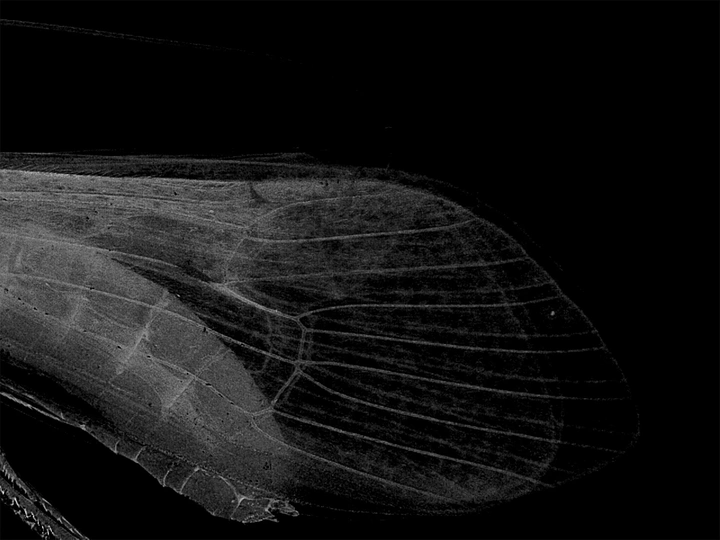The Uncharismatic: Sensing Otherwise

Erzë Dinarama is an architect, interdisciplinary designer, and researcher working at the intersection of urbanism, landscape, and ecology to address environmental challenges through spatial, scientific, and design-based approaches. She has taught at institutions including Politecnico di Milano, ETH Zurich, Politecnico di Torino, and Domus Academy, and has collaborated with Elisa Cattaneo, Carlo Ratti Associati, and the Manifesta Foundation.
Erzë studied architecture at Politecnico di Milano and UC Berkeley, and completed a specialized research program in territorial and urban design for socio-ecological transition at ETH Zurich and EPFL.
She is currently an artist-in-residence in the S+T+ARTS4WaterII project within the EU STARTS program and serves as the exhibitor and curator representing Kosovo at the 19th International Architecture Exhibition – La Biennale di Venezia.
In mainstream environmental discourse, some species get attention because they’re cute, charismatic, or photogenic. Others are valued for their usefulness—serving roles in ecosystems or human benefit (The Cute and the Useful, 2016). Aquatic insects are neither, at least in the public imagination. Often invisible, unglamorous, even unwanted, they are nonetheless vital inhabitants of freshwater ecologies.
This project highlights these species through a lens that emphasizes their relational and epistemic significance rather than their utility. Rather than treating them solely as ecological indicators or data points, it frames them as epistemic participants—living agents embedded in ecological sensing infrastructures. While aquatic insects are widely recognized as highly sensitive organisms and biological indicators, this project moves beyond their instrumental use.
This project asks: What kind of ecological futures emerge when we treat aquatic insects not just as indicators to be measured, but as participants in sensing? By recognizing these species as part of a living, situated sensing infrastructure, we reconsider how knowledge is recognized in environmental practice.
This work builds on a recent project in Kosovo that mapped vulnerable biodiversity areas through the lens of aquatic insects—used as entry points into broader questions of more-than-human governance and alternative ways of thinking about environmental knowledge, care, and responsibility. It also raises a critical design question: How can design respond to those ecological dynamics that cannot be easily measured, monitored, or optimized?
The proposed contribution could take the form of a research-based exhibition, visual essay, or installation—developed in collaboration with LINA partners. This exploration engages aquatic sensing as both a design method and a political proposition. It creates space for relational, multispecies approaches to ecological governance.